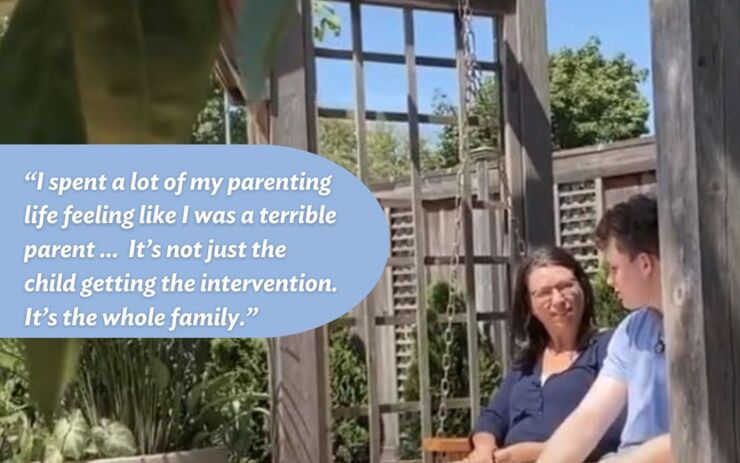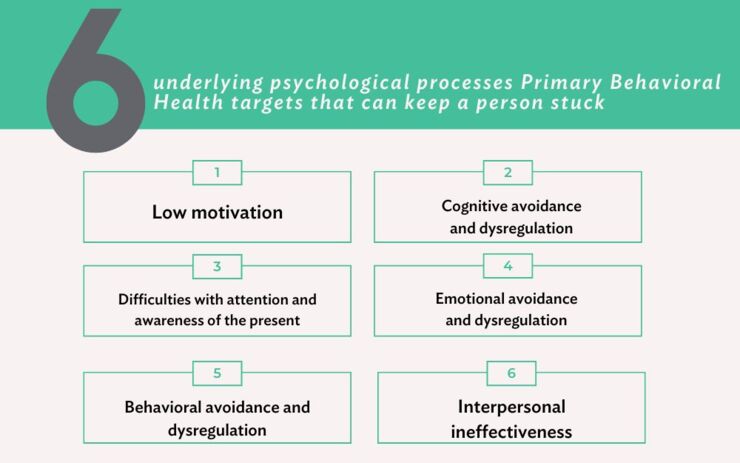DSM-5: What's Changed in Mood, Depression Diagnoses
Posted on 04/04/14 12:41:pm
One of the primary changes in DSM-5 is that it now recognizes age-related aspects in each disorder and chronologically lists diagnoses that are most applicable to infancy and childhood first, followed by diagnoses that are more common to adolescence and early adulthood, and ending with those that are often diagnosed later in life. Within each disorder category, there are also modifications intended to help clinicians provide more accurate diagnoses that will lead to better treatment.
New Disorders
The fifth edition includes several new depressive disorders, including disruptive mood dysregulation disorder (DMDD) and premenstrual dysphoric disorder (PMDD).
The American Psychiatric Association, which publishes the guidebook, indicates DMDD has been included to address concerns about potential overdiagnosis and overtreatment of bipolar disorder in children. DMDD provides a diagnosis for children up to age 18 years who exhibit persistent irritability and frequent uncontrollable behavior that may even be violent.
In addition, PMDD is now an official diagnosis that recognizes an extreme form of premenstrual syndrome characterized by strong emotional symptoms such as depression, anxiety, moodiness and irritability.
New Specifiers
While none of the core criteria for the symptoms of major depression have changed, the DSM-5 includes two new specifiers for depression. Now, the specifier “with mixed symptoms” allows for the presence of manic symptoms as part of the depression diagnosis in patients who do not meet the criteria for a manic episode. “With anxious distress” has also been added as a specifier because the presence of anxiety may impact treatment choices and the patient’s response.
Dr. Jerry Halverson, Rogers’ medical director of FOCUS and adult services, indicates the “with anxious distress” specifier may only be used with patients who exhibit at least two of the following symptoms during most of an episode:
- Feeling keyed up or tense
- Feeling unusually restless
- Difficulty concentrating due to worry
- Fear that something awful may happen
- Feeling loss of control of himself or herself
“The rationale for this is that the co-occurrence of anxiety with depression is one of the most commonly seen comorbidities in patients,” Dr. Halverson explained. “The addition of this specifier allows clinicians to indicate the presence of anxiety symptoms that are not reflected in the core criteria for depression or mania, but may be helpful when creating a treatment plan.”
He added that the specifier change from “post-partum” to “peri-partum” is also important. “This change in specifiers recognizes what clinicians and patients have known for a long time. Women can suffer from a major depressive order either before or after birth. Now, women who struggle with depression while pregnant can access the treatment they need.”
DSM-5 also includes guidance for the assessment of suicidal thinking, plans and risk factors, so that clinicians can address the prominent role of suicide prevention as part of a patient’s treatment.
Bereavement Exclusion Removed
In the past, any bereavement following the death of a loved one that lasted less than two months was not classified as a major depressive episode (MDE). The new edition, however, acknowledges that the grieving process may include an MDE that requires treatment just as with any other stressor. DSM-5 also removes the implication that grieving the death of a loved one may only last two months, which is important because most clinicians recognize that this grief usually lasts one to two years, and it offers guidelines to help clinicians distinguish between normal grief and an MDE.
“DSM-5 recommends that, even if it seems that depressive symptoms are an understandable reaction to a significant stressor such as the death of a loved one, the clinician should carefully consider the possibility of an MDE,” Dr. Halverson said. “DSM-5 also recognizes that the depressive symptoms related to bereavement-related depression respond to the same psychosocial and medication treatments as any other MDE. In fact, sometimes bereavement can precipitate an MDE and should be treated as promptly as possible. This exclusion enables clinicians to make a diagnosis of depression even during bereavement, with the hope that earlier treatment can be provided as needed.”
Topics
Share this article:



